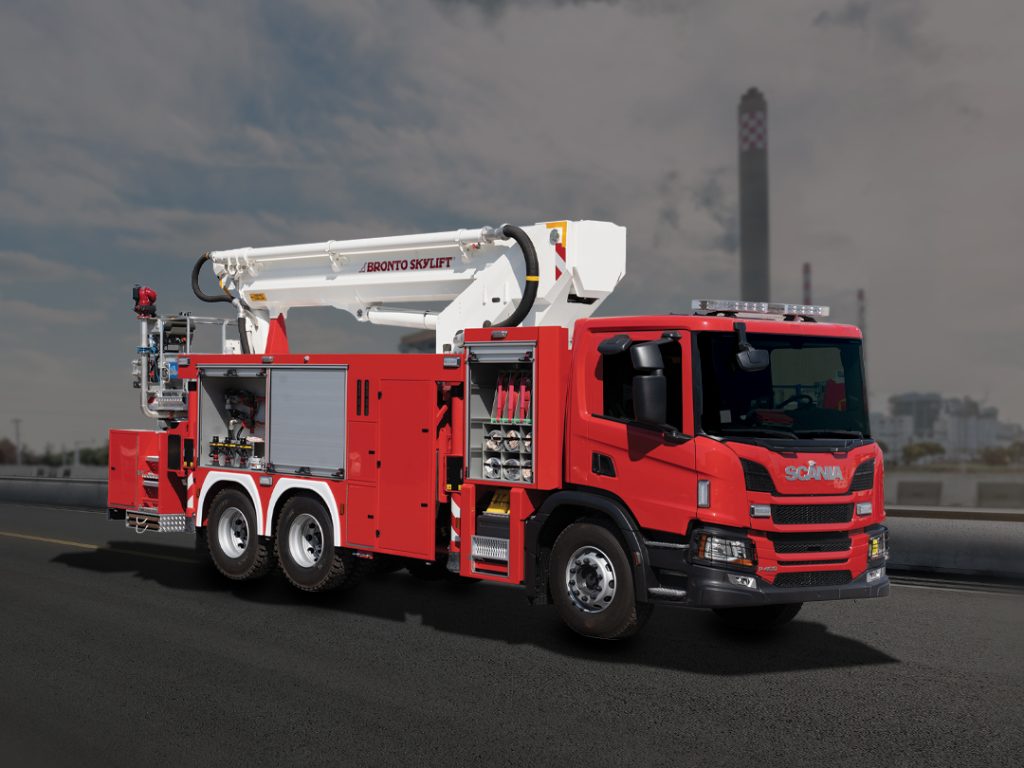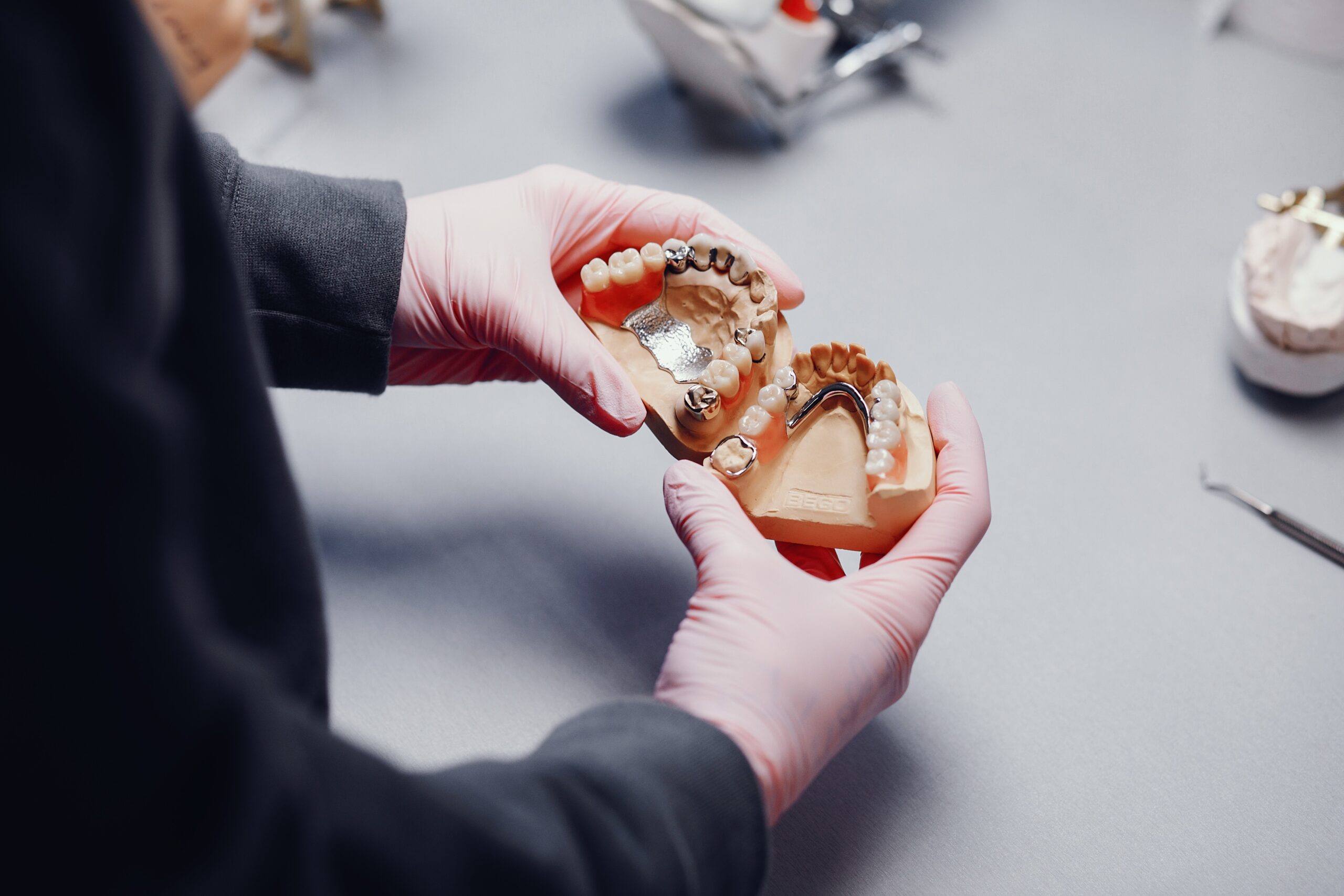Offering a minimally invasive alternative for treating many kidney diseases, including kidney cancer, kidney stones, and other renal abnormalities, robotic kidney surgery—also known as robotic-assisted kidney surgery—has revolutionized the area of urology. Thanks to technological developments, this surgical method offers speedier recovery periods, more accuracy, and less difficulties than more conventional open operations.
We will discuss in this post what robotic kidney surgery involves, its advantages, the kinds of diseases it treats, the technique itself, and the reasons more patients and surgeons are choosing this creative solution.
What is Robotic Kidney Surgery?
In minimally invasive surgery, robotic kidney surgery is a method of procedure carried out by a surgeon using a robotic system. The da Vinci Surgical System is the most often utilized system since it lets surgeons operate robotic arms loaded with surgical tools. A high-density 3D camera offers the surgeon a clear, exact picture of the kidney and surrounding structures by magnifying the operating area.
Key Benefits of Robotic Kidney Surgery
- Minimally Invasive: Robotic surgery involves small incisions compared to traditional open surgery, leading to reduced scarring.
- Greater Precision: The robotic arms can rotate and maneuver in ways human hands cannot, allowing for more precise movements.
- Faster Recovery: Patients often experience shorter hospital stays and quicker recovery times.
- Reduced Pain and Blood Loss: Smaller incisions and better precision contribute to less post-operative pain and reduced blood loss.
- Lower Risk of Complications: Robotic-assisted surgeries tend to have fewer complications due to enhanced precision and visualization.
Conditions Treated with Robotic Kidney Surgery
Robotic kidney surgery can be used to treat a variety of kidney conditions, including:
- Kidney Cancer: Partial nephrectomy (removal of part of the kidney) or radical nephrectomy (removal of the entire kidney) can be performed robotically to treat kidney tumors.
- Kidney Stones: Complex kidney stones that are too large to be treated by other methods can be removed with robotic surgery.
- Ureteropelvic Junction Obstruction: This condition, where the connection between the kidney and the ureter is blocked, can be corrected using robotic surgery.
- Kidney Cysts: Large or symptomatic kidney cysts may require removal, which can be done robotically.
How the Procedure Works
Robotic kidney surgery is performed under general anesthesia. Here’s an overview of what to expect during the procedure:
- Preparation: The patient is placed under anesthesia, and small incisions (usually 4-5) are made in the abdomen to insert the robotic arms and instruments.
- Surgery: The surgeon sits at a console, controlling the robotic arms with hand and foot controls. The robot mimics the surgeon’s movements with extreme precision. The high-definition camera provides a magnified view, allowing the surgeon to navigate the delicate structures around the kidney.
- Completion: Once the surgical objective is complete, the instruments are removed, and the small incisions are closed.
- Recovery: Most patients are able to return home within a day or two, with a faster overall recovery time compared to traditional surgery.
Why Choose Robotic Kidney Surgery?
Robotic kidney surgery offers several advantages over traditional surgical techniques, making it a popular choice for both patients and healthcare providers. Here’s why more people are choosing this advanced procedure:
- Enhanced Precision for Tumor Removal: In cases of kidney cancer, robotic surgery allows for more accurate removal of the tumor while preserving healthy kidney tissue.
- Better Outcomes for Complex Cases: When dealing with complex conditions like ureteropelvic junction obstruction or large kidney stones, the precision and dexterity of robotic arms make the procedure safer and more effective.
- Minimized Trauma to Surrounding Tissues: The small incisions and precise movements reduce trauma to surrounding tissues, leading to quicker healing and less discomfort.
- Shorter Hospital Stay: Most patients spend less time in the hospital, reducing the risk of hospital-acquired infections and improving the overall patient experience.
Potential Risks and Considerations
As with any surgical procedure, robotic kidney surgery comes with some risks. While complications are rare, they can include:
- Infection: Although the risk is lower with minimally invasive surgery, there is always a possibility of infection.
- Bleeding: Blood loss during surgery is minimized with robotic techniques, but there can still be some bleeding.
- Damage to Nearby Organs: Although rare, there is a risk of unintentional damage to surrounding organs or tissues.
- Anesthesia Complications: Any surgery that requires general anesthesia carries some level of risk, including reactions to the anesthesia.
Patients should discuss these risks with their surgeon and ensure that robotic surgery is the best option for their specific condition.
Recovery and Post-Operative Care
The recovery process for robotic kidney surgery is generally faster than traditional open surgery. Here’s what most patients can expect after surgery:
- Hospital Stay: Most patients are discharged within 1-3 days.
- Pain Management: Due to smaller incisions, patients typically experience less post-operative pain, which can be managed with over-the-counter medications or mild prescription pain relievers.
- Return to Normal Activities: Patients can usually return to their normal activities, including work and light exercise, within 2-4 weeks.
- Follow-Up: Regular follow-up appointments with the surgeon will be necessary to monitor recovery and ensure that the kidney is functioning properly.
Conclusion
A significant progress in the treatment of kidney-related diseases is robotic kidney surgery. For both patients and surgeons, its minimally invasive character, along with more accuracy and faster recovery times, has been a preferred choice. Although there are some hazards associated, overall robotic kidney surgery offers a safer and more efficient approach to treat difficult kidney diseases, therefore surpassing any possible negative effects.
Ver a una uróloga to find out whether robotic kidney surgery is a good fit for your or a loved one’s kidney-related ailment if surgery is needed. Patients could expect great results and a more seamless recovery process with correct treatment and the appropriate surgical technique



